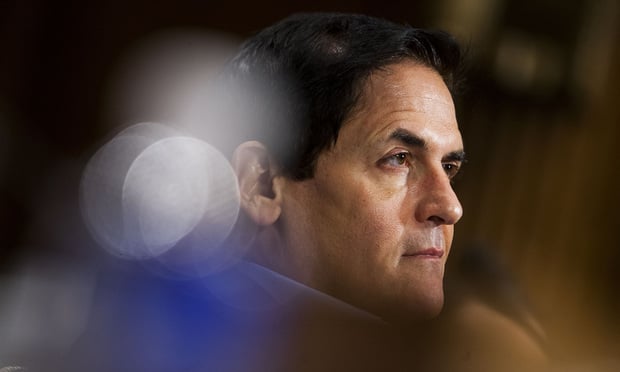In response to a growing awareness stressing the essential role of parental care, certain areas of the country and sectors of the economy have begun instituting an ever-broadening slate of paid family leave benefits.
Among the country's poorest regions and least upwardly mobile industries, however, only a slim percentage of employees enjoy access to similar programs.
Related: Parental guidance
Unsurprisingly, given the competitive struggles to enlist top talent among leading companies, the tech industry has emerged as private sector champions of the benefit. Elite employers such as Google and Amazon have incorporated generous stretches of paid family leave as a key component of their hiring strategies.
Facebook now offers new parents four months away from work with full compensation. Online marketplace Etsy allows staff members starting a family to take off a full six months while receiving their normal salaries. Most remarkably, Netflix expanded its family leave package to cover a full year of paid leave during a 2015 policy change.
Despite significant gains seen among the largest tech companies and like-minded advancements made by companies specializing in financial services, the nation's less-aspirational industries have failed to make any notable adjustments of family leave policy.
At the opposite end of the spectrum from Silicon Valley and Wall Street, those economic sectors traditionally dependent upon a lightly educated workforce earning minimum wage — manufacturing, agriculture, retail and hospitality to name a few — seem content maintaining the status quo.
Related: San Francisco now requires fully paid parental leave
According to the most recent estimates of the U.S. Department of Labor, only 12 percent of all American workers receive benefits commensurate with paid family leave, however, a NORC Center for Public Affairs Research poll shows that 72 percent of Americans age 40 and above support the offering.
The availability of unpaid leave has expanded to cover nearly 90 percent of employees. However, few households can afford even the temporary loss of income, and, making matters worse, the issues involved typically demand additional expenditures above and beyond ordinary costs of living.
Family leave laws
The 1993 Family and Medical Leave Act safeguards the rights of new parents (alongside anyone acting as an ill family member's primary caregiver or suffering from a severe illness themselves) to take 12 weeks each year of unpaid leave.
Still, after political gridlock had stalled the bill for years, a necessary compromise inserted several stipulations within the legislation that effectively nullified this right for employees of small businesses, part-time workers and people hired less than a year beforehand.
In recent months, laws providing more comprehensive protections have been proposed by state and local governments throughout the country. Politically progressive cities such as San Francisco and New York City have enact sweeping programs that ensure extended subsidies for both mothers and fathers who wish to care for newborn children. As well, employees throughout California are free to depend upon just over half of their usual pay for a six-week period of designated family leave.
Related: New York passes family leave mandate
However, though certain regions have clearly prioritized funding these programs, Labor Department figures reveal such benefits are all but unknown throughout large swaths of the nation. For example, just 7 percent of employees within the states comprising the U.S. Census Bureau's East South Central Division — Alabama, Mississippi, Tennessee, and Kentucky — receive paid family leave.
As contrast, the share of the workforce guaranteed family leave more than doubles to around 15 percent for the Pacific and the Northeast regions.
In terms of federal policy, the United States remains the only developed country without some form of institutionalized compensation for family leave. At the same time, though, an increasing consensus among medical authorities worldwide indicates the clear benefits for public health ensuing directly from such protections.
A 2011 report from the Association of Schools of Public Health found that the incidence of infant mortality was 10 percent greater among nations that did not provide for paid family leave. Similar studies have shown notable correlations between the absence of paid leave and an often staggering increase in the relative percentage of mothers suffering from post-partum depression and children failing to receive vaccinations.
The premature cessation of breastfeeding, which has been identified as a risk factor linked to a variety of maladies ranging from IQ deficiencies to compromised immune systems, has become another area of concern regularly emphasized by child-development professionals advocating for more substantive federal policies intended to encourage family leave for new parents regardless of their economic status.
© 2025 ALM Global, LLC, All Rights Reserved. Request academic re-use from www.copyright.com. All other uses, submit a request to [email protected]. For more information visit Asset & Logo Licensing.







